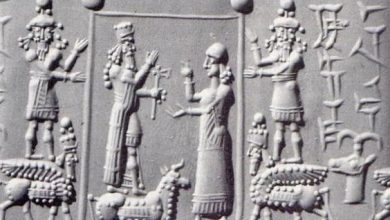The Prophet’s Palm, also known as the Buddha’s Palm, is a mysterious handprint located in the Xilingol League of Inner Mongolia, China. The handprint, The palm occupies an area of 40,000 square meters, equaling six soccer fields..
There are many legends and myths associated with the Prophet’s Palm. Some believe that the handprint was made by a giant human, while others believe that it is the mark of a deity. Some people also believe that the handprint is a hoax.
In 2012, a team of Mongolian and American scientists investigated the Prophet’s Palm. They used a variety of techniques, including laser scanning and photogrammetry, to create a detailed 3D model of the handprint. They also collected samples of the rock around the handprint for further analysis.
The scientists found that the Prophet’s Palm is about 3,500 years old. They also found that the handprint is not made of human skin, but rather of a type of mineral called limonite. This suggests that the handprint was not made by a human, but rather by a natural process.
However, the scientists were unable to determine the exact cause of the Prophet’s Palm. They believe that it could have been caused by a number of factors, such as erosion, weathering, or chemical reactions.
The mystery of the Prophet’s Palm remains unsolved, but it continues to fascinate visitors to the region.




